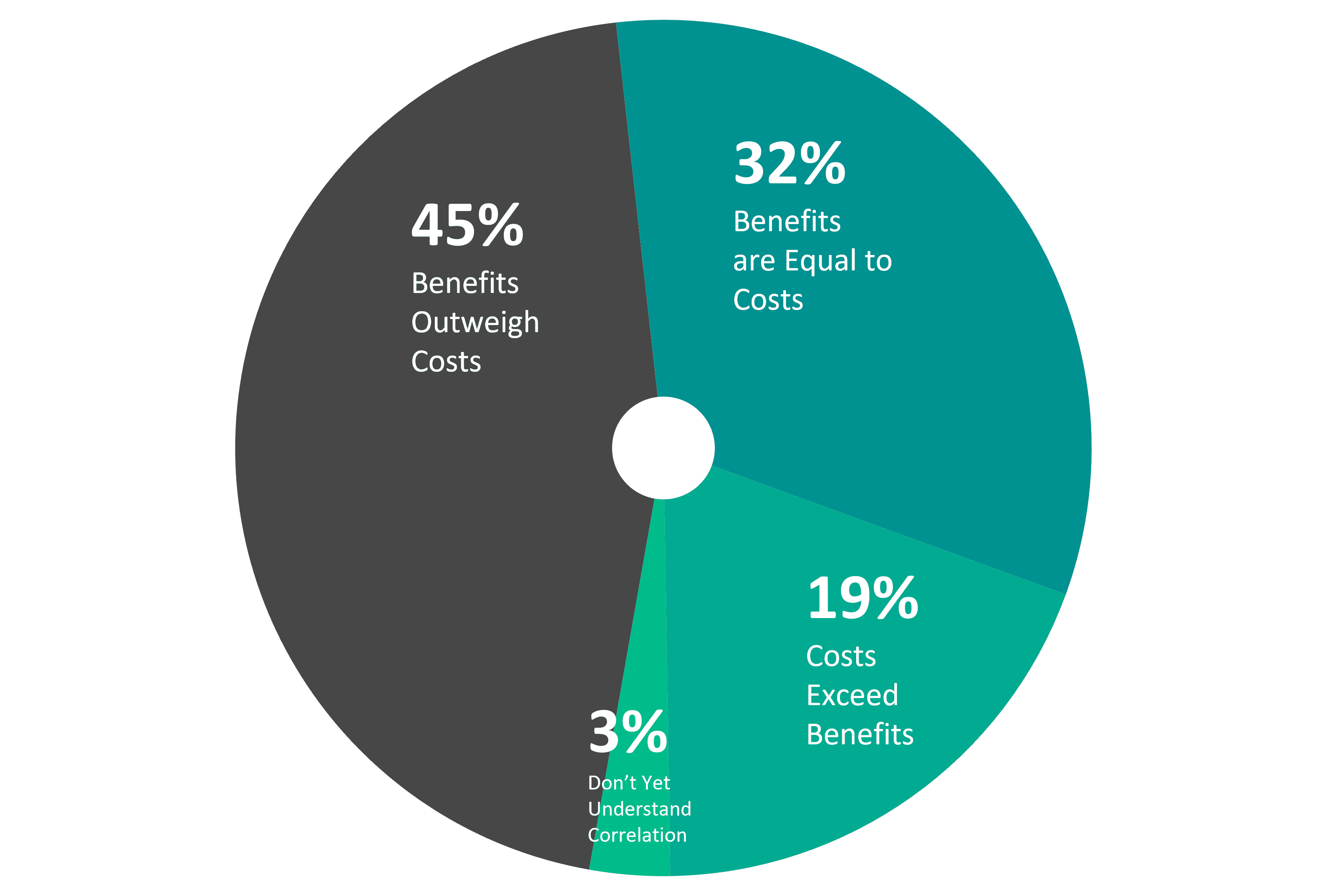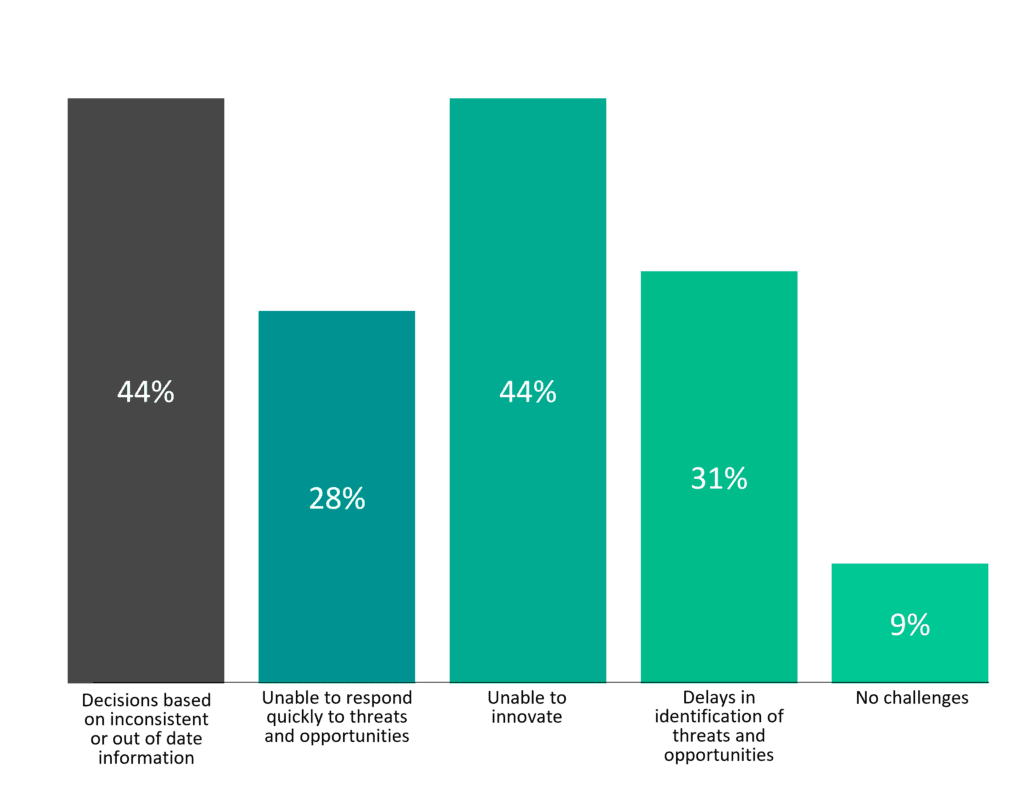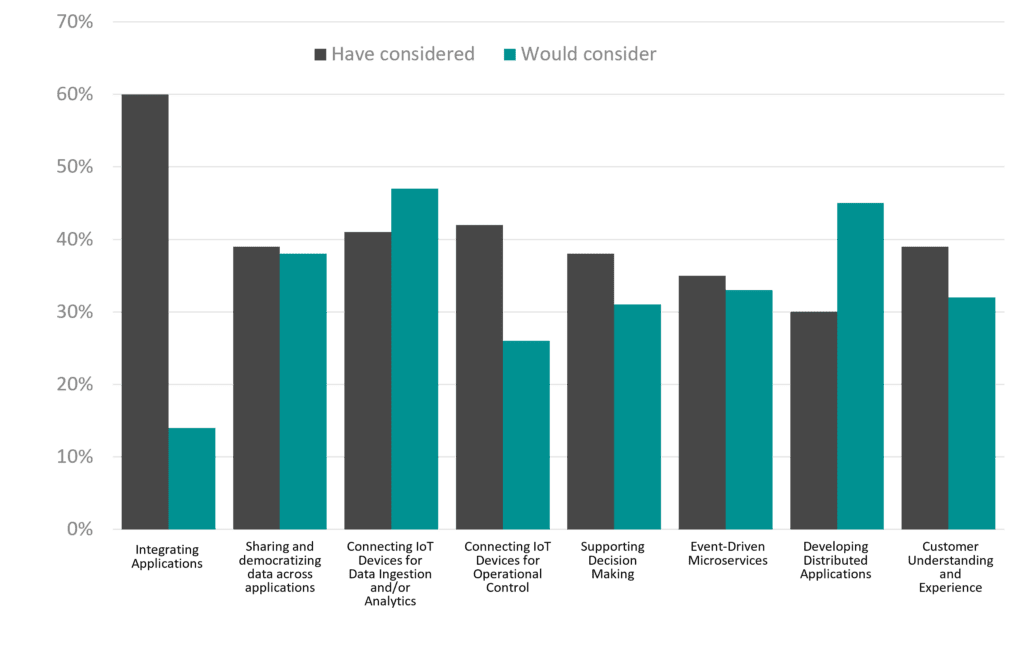EDA survey results show that real-time data distribution is a priority for inclusion in retail digital transformation strategies. Adopting event-driven architecture (EDA) proves to be the solution for retailers looking to gain business efficiencies (online and offline) and offer better, personalized customer shopping experiences.
The appetite for real-time data sharing and real-time analytics as a means of coping with constantly changing landscapes in Retail and CPG companies is huge.
Retailers are acutely aware of the necessity for real time systems, increasingly so as global pandemics and supply chain volatility impact mission critical customer experiences and the systems that underpin them.
Reacting in real-time to customer and business events has become critical to retail digital transformation efforts, and it is event-driven architecture that innovative retailers are relying upon to transform their businesses.
Together with independent research firm Coleman Parkes, we surveyed 840 respondents across all industries, roles and geographies on their need for real-time data sharing and how event-driven architecture is being adopted to address these real-time requirements. This post looks specifically at the results impacting the retail industry, and CPG manufacturers.
Top Benefits of Real-Time Systems in Retail
Retailers are acutely aware of the benefits of real-time data distribution, with 56% stating they are “very aware” and that “real-time data has provided tangible benefits” vs the average of 47% for all industries.
“Real-time visibility of store inventory is a key capability of omnichannel fulfillment transformation“ (Forrester, “Paving the Path to Omnichannel Commerce” Dec 20 2021, Brendan Witcher)
Event-driven architecture (EDA) is a key enabler of real-time business but to understand it, one much first understand what an event is. An event is any business or customer event that occurs within its ecosystem of on-premises computer systems, cloud applications, customers, consumers, and partners. In the context of event-driven architecture, an event represents a change in state, like a product being scanned at the checkout, sensor signaling a change in temperature, a customer logging into a website, or a checkout button being clicked in an e-commerce app, etc.
In a world that increasingly equates speed of information with customer satisfaction, retailers need to know when these events happen, as they happen.
From the click of an online order to a shipping container’s journey across the oceans, event information has never been more crucial for retailers and their supply chain. In the following video, one of the world’s largest CPG companies restructured their IT architecture and digital technology to be based on EDA, and now have real-time visibility into any events that occur related to those ships and cargo at sea.

Fig 1. To address shipping challenges from the lack of real-time visibility at sea, this large CPG relied on EDA and Solace to distribute data in real time across their supply chain.
Organizations across all industries say the #1 business benefit gained by adopting event-driven architecture is improving application responsiveness, cited by 46% of respondents, followed by improving customer experiences at 44%. Thus, it is no surprise that 85% of organizations globally have turned to event-driven architecture as their real-time backbone.
For retailers specifically, the top 5 benefits to be gained by adopting EDA are as follows:
- Improved customer experiences (53%)
- Improved application responsiveness such as speed and latency (42%)
- Response to events and changes in real-time (38%)
- Ability to respond to events and changes in real-time (36%)
- More flexible app development processes (36%)

Costs vs. Benefits of Implementing EDA in Retail
A retail organization is in a constant state of flux driven by events – either customer initiated (walking in to a store, picking up a product), or a business change (inventory count changing, temperature change).
Looking specifically at the advantages of event-driven data distribution, 77% of retailers believe the benefits of implementing EDA outweigh the costs, or at least equaling them, yet almost a fifth of respondents, 19%, are not in a position to direct resources to implement EDA.
Across the globe, over half of organizations have bought into the benefits of event-driven architecture. The UK (79%), Canada (79%) and France (73%) are the first ones to admit that the benefits outweigh or equal the costs.
What do Retailers Stand to Lose Without EDA?
Retailers that are data-centric, and leading the way with customer experience and business efficiencies know that EDA sharpens their competitive edge. Beyond the inherent advantages of adopting event-driven architecture, retailers are equally keen to avoid the negative effects of lacking real-time event-driven data distribution.
Without accurate, up to date data, they cannot make smart decisions nor exceed customer expectations. Moreover, when data is inconsistent, or out of date, decisions become poorer and customer experience is negatively impacted.
Without EDA, retailers believe they will be negatively affected in the following ways:
- Decisions based on inconsistent of out of date information (44%)
- Inability to innovate (44%)
- Delays in ID of threats and opportunities (31%)
- Inability to respond to threats and opportunities (28%)
How Many Retailers Today Rely on EDA?
It’s clear that retailers and CPG companies appreciate the value of real-time data distribution with survey results showing they are far ahead of other industries in terms of adoption. Specifically,
- 23% of retailers have already adopted the real-time data movement (vs. an average of 15% for all industries), and
- 33% are actively working toward implementation in the next 12 months (vs 29%).
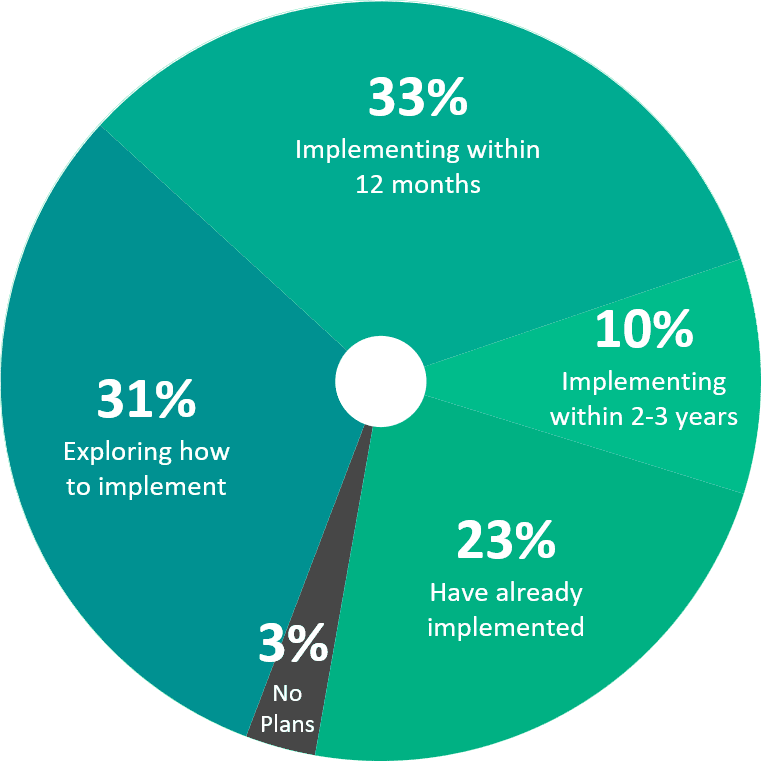
Fig 4. The state of retailers and their plans to leverage real-time data.
How Does EDA Help Retailers?
Organizations that understand the importance of real-time relationships with their customers know how real-time data sharing can help. With EDA as their digital backbone, they have the agility to pivot business models when disruptions are thrown in their path, while also keeping up with innovation to remain competitive.
For retailers, the challenges within a retailers ecosystem that would benefit the most from a real-time data movement include:
- COVID-19 related issues, e.g. travel regulations, airport handling (52%)
- Issues within the supply chain and inventory management (45%)
- Regulatory changes (39%)
- Data governance and regulation (34%)
- Product recalls (30%)
- Handling unexpected or seasonal sales spikes (26%)
- Trade disputes like customs declarations (25%)
- Natural disasters (23%)
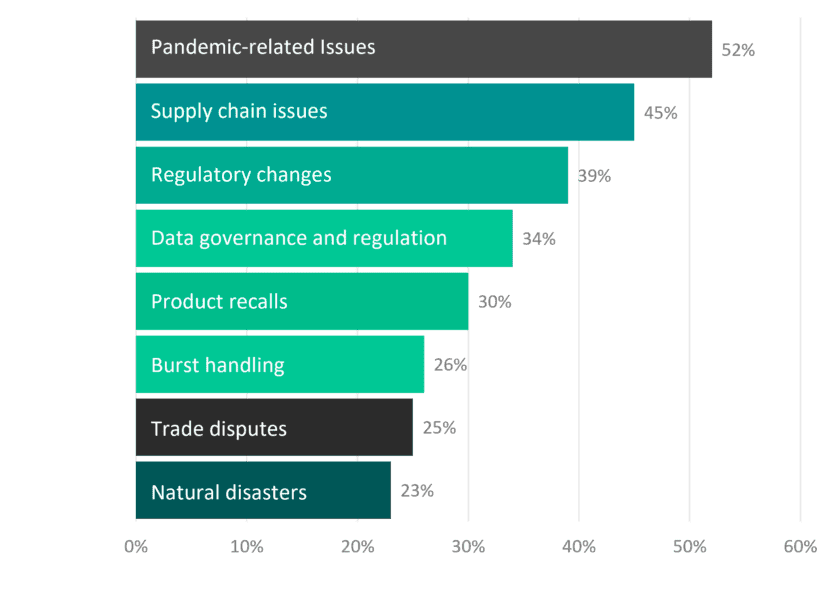
Fig. 5. Areas where event-driven architecture is beneficial for retail organizations.
EDA was especially important in reacting in real-time to COVID-19-related issues, according to 52% of retailers. Many organizations have turned to using event-driven architecture to combat issues brought on by COVID-19, like ensuring inventory and online commerce systems are updated in real-time for BOPIS (buy-online-pickup-in-store), creating more flexible supply chains to cope with lockdowns, and keeping employees safe with effective track-and-trace systems.
Most Common Use Cases of EDA in Retail in 2022
There are two main reasons retailers are considering investing in event-driven architecture:
- Real-time capabilities – which allows them to react faster and more efficiently to a fast-paced business environment; and the
- Decoupled nature of IT systems – which grants the ability for retailers easily adapt to disruptions. In the face of this dual imperative of handling disruption and innovating at speed to stay afloat, event-driven architecture enables the resiliency businesses need.
According to the survey, the five top use cases for real-time data in retail in 2022 are:
- Application integration (60%)
- Connecting IoT devices for operational control (42%),
- Connecting IoT devices for data ingestion & analytics (41%)
- Data sharing and democratizing across other applications (39%)
- Customer understanding and interactions for improved omnichannel experiences (39%)
These are all crucial as retailers face new demands such as sales spikes, burst handling, hybrid working, and need to develop new digital services, mobile apps and shopping channels to keep their customers happy.
Challenges Retailers Experience Implementing EDA
Progress in the space is undeniable. Organizations are seeing their peers move towards full implementation of event-driven architecture, and they know they need to cover that distance or risk losing their competitive edge. They point at a number of challenges they must face on the way to achieving their goal.
- 36% of retailers are struggling to hire the development or architectural skills required to successfully adopt EDA
- 35% have implemented EDA – but in silos, and the enterprise wide benefits of EDA have yet to be well understood
- 33% believe they need more education on the benefits of adopting EDA
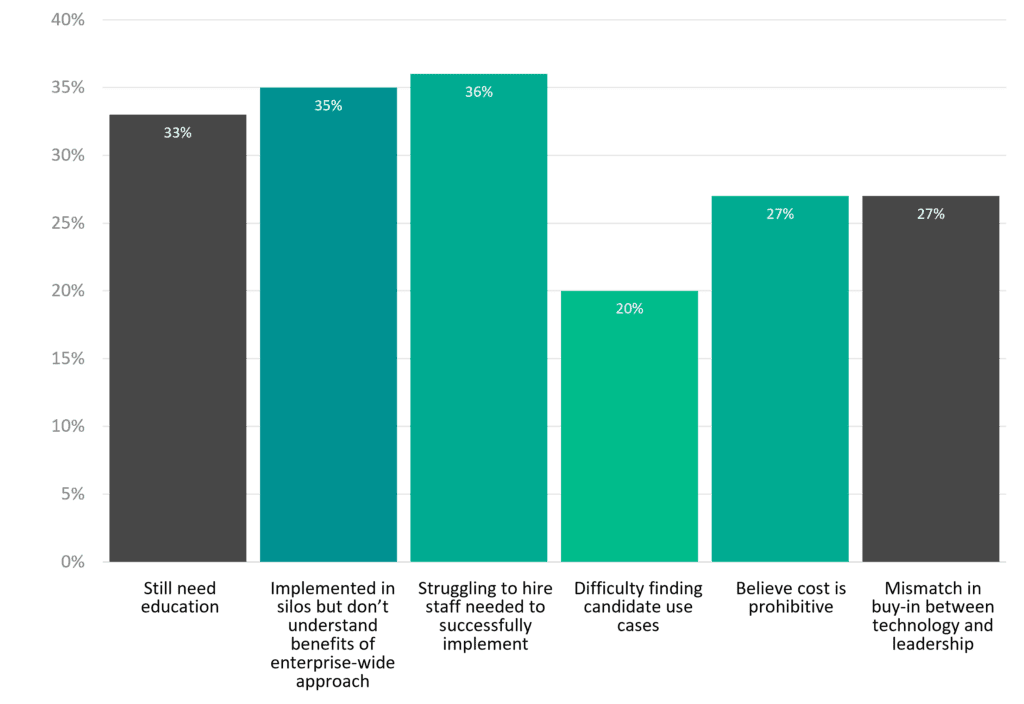
Fig. 7. Challenges to adopting enterprise-wide event-driven architecture in retail.
The 5 Critical Factors for Successful EDA Migration in Retail
Once an organization has bought into the benefits of event-driven architecture, according to survey respondents there are five keys to successfully implementing it.
- Identifying the right technology (82%) (hint: read this!)
- Identifying the right partner to help them implement their chosen platform and tools (53%)
- Evangelize the benefits of event-driven architecture (36%)
- Source and hire the necessary EDA skills (33%)
- Identify cost effective solutions (27%)
How Retailers Can Get Started with EDA
If you’ve read this far, then you’re now acutely aware of the necessity of a real-time data movement across your organization – required to remain competitive in today’s digital age and with the increasing omnichannel demands of customers.
To get started with the steps to implementing EDA, the blog post Six + 1 Steps to Implement Event-Driven Architecture would be a great place to start. Then, consider benchmarking your organization against the results of this survey to determine if you are ahead or behind your peers.
To help you out further, we’ve also documented the steps to implementing EDA in a retail environment in our latest paper The Architect’s Guide to Real-Time Retail, and on our website. Good luck!
The Architect’s Guide to Real-Time RetailHow retail IT professionals can architect for resilience and rapid response by leveraging event-driven architecture.
Explore other posts from categories: Business | For Architects | Retail

 Roger Sabourin
Roger Sabourin
